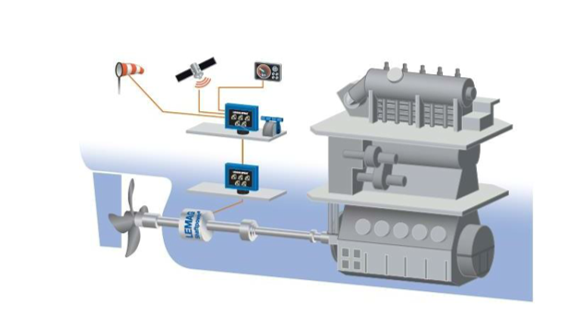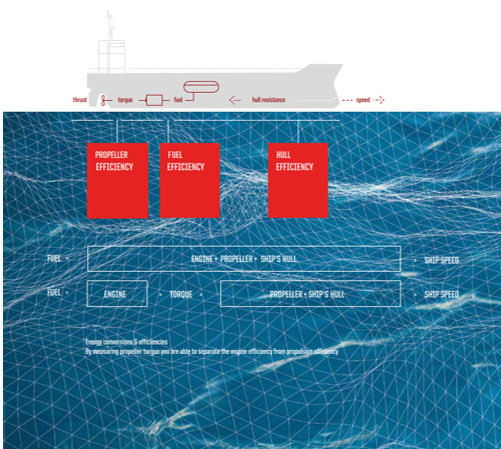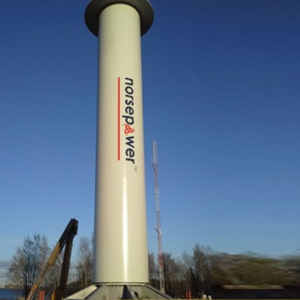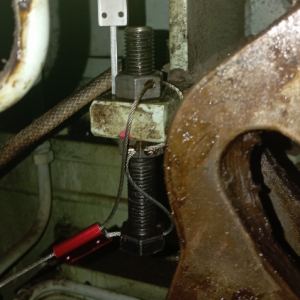The IMO has set the target to mitigate CO2 emissions from ships by at least 40% by 2030 compared to 2008 levels. To meet this target, IMO has adopted EEXI and CII regulations, a set of amendments to existing regulations to reduce greenhouse gas emissions from vessels.
According to the regulations, all cargo and cruise vessels above 400GT (falling under MARPOL Annex VI) which are engaged in the international voyages should comply with EEXI standards. Ship owners should submit to the classification for review and approval the EEXI technical file that will comprise the calculations of the attained EEXI level that should be below the required EEXI standards.
To achieve compliance with EEXI requirements, many ships will need to make changes to their systems to improve their energy efficiency. Engine Power Limitation (EPL) and Shaft Power Limitation (Shapoli) are the two possible overridable power limitation solutions that many shipowners are considering because of its efficiency and cost savings.
The system consists of the torque transducer, shaft power meter, interface box and HMI display. Additional options for equipment efficiency measurements, such as fuel oil meters and viscosity meters, can be added to the system, alongside interconnection of controlled pitch propeller to act as a dynamic tuning system (Shapoli system can regulate propeller’s pitch & engine RPM to produce best thrust with least expenditure of power), resulting in fuel economy upwards to 9%, vessel operation profile permanent stability and early identification of hull fouling.

Shapoli works by restricting maximum shaft power output to a percentage of its original output depending on the ship’s individual EEXI requirements. Since engine power is closely linked to fuel usage, power limitation decreases hourly consumption and reduces emissions as a result.
With our experience in supplying Shapoli, VinaTD will help you in advise and offer the best solution for your vessel to meet the requirement of IMO.





